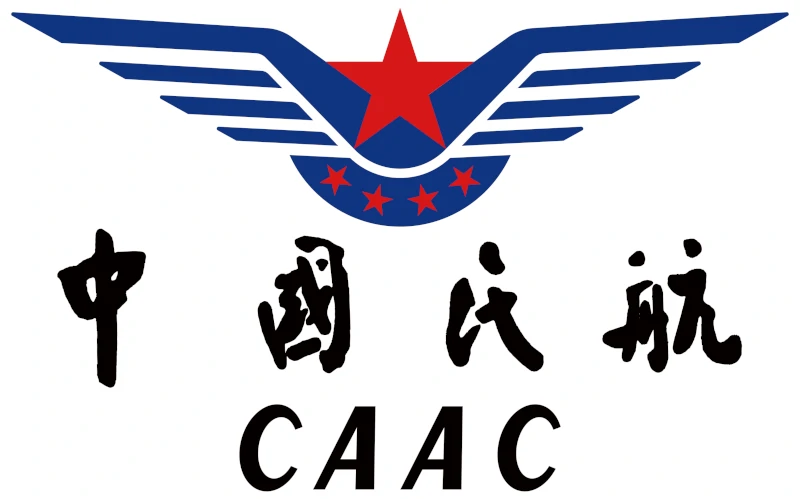A new era of aviation that will change the way we think about transportation has literally taken off in recent years. eVTOLs are at the forefront of this revolution and promise a future in which urban mobility and short-distance travel will be more efficient, sustainable, and affordable than ever before. In this article we will approach the world of EVTOLs to understand the technology and the potential it holds. So what are eVTOL aircraft?

What is an EVTOL aircraft?
EVTOL stands for Electric Vertical Takeoff and Landing and refers to a class of aircraft designed to take off, land and hover vertically, just like a helicopter. EVTOLs are distinguished by the use of electric propulsion systems, often with multiple rotors or propellers. Unlike conventional helicopters, EVTOLs have distributed propulsion, making them more energy efficient and also more environmentally friendly.
Key features of EVTOL aircraft
- Electric propulsion: EVTOL aircraft are powered only by electric motors and batteries. This reduces emissions and noise pollution while increasing energy efficiency.
- Vertical takeoff and landing: EVTOLs can take off and land vertically. This feature eliminates the need for long runways and allows them to operate in congested urban areas or in limited space.
- Distributed propulsion: Most EVTOLs use multiple rotors or propellers for lift and thrust, allowing better control and redundancy in the event of an engine failure.
- Autonomous or semi-autonomous flight: Many EVTOLs incorporate autonomous or semi-autonomous flight control systems, making them easier to operate.
- Hybrid designs: Some EVTOLs use a combination of electric and conventional propulsion to achieve long-range capabilities.
- Noise reduction: Electric propulsion systems are inherently much quieter than conventional engines, making EVTOLs a more community- and wildlife-friendly form of air transportation.
Differences from conventional aircraft
While conventional aircraft require runways for takeoff and landing, eVTOLs can ascend and descend vertically, providing greater flexibility in choosing landing sites. Unlike conventional aircraft, they produce significantly less noise, which is essential for urban air mobility.
eVTOLs also rely on electricity, which is more sustainable and produces fewer emissions than fossil fuels.
Each eVTOL is designed for short-distance travel within urban and suburban areas. This makes them ideal for aerotaxis, rental services and intra-urban transport. Most are equipped with multiple rotors or propellers, which provide greater stability and control than conventional helicopters.
These aircraft represent an exciting leap forward in aviation technology, offering cleaner, quieter and more flexible aviation options. As technology advances, eVTOLs are set to play a crucial role in revolutionizing general mobility and providing efficient solutions for short-haul travel. The future of flight has arrived, and eVTOLs are at the forefront of this transformation.
eVTOL Aircraft – FAQ
How much will an eVTOL cost?
The lowest purchase price we have found at the moment is $130,000.
For cab transportation on the other hand, according to a NASA study, each passenger in an eVTOL could pay from $2.25 per mile up to $11 per mile, also depending on other factors.
What is the difference between VTOL and eVTOL?
VTOL stands for Vertical Take-off and Landing. Basically like conventional helicopters. And eVTOL on the other hand stands for Electric Vertical Take-off and Landing aircraft and operates precisely on electric power.
What is the fastest eVTOL in the world?
The Airspeeder Mk4 is the world’s fastest electric vertical takeoff and landing aircraft. It is powered by a hydrogen turbogenerator and reaches a top speed of 360 km/h. The rage goes up to 300 km.


Pingback: Top EVTOL Manufacturers - eVTOL World
Pingback: The History of eVTOLs - eVTOL World
Pingback: CAAC gives EHang the go-ahead for a pilotless eVTOL - eVTOL World
Pingback: VoloIQ: The Brain of eVTOL Transportation - eVTOL World
Pingback: The Future of eVTOL in Rome: First Vertiport In Italy - eVTOL World
Pingback: Urban Air Mobility (UAM) - eVTOL World
Pingback: Joby Aviation Delivers First eVTOL to US Air Force - eVTOL World
Pingback: EVTOL Aircraft Rental Services - eVTOL World
Pingback: Lilium jet ready to fly in the U.S. Market - eVTOL World
Pingback: What are the Components of eVTOL? - eVTOL World
Pingback: Hallo BEN! Announcing the eVTOL Battery Exchange Network - eVTOL World